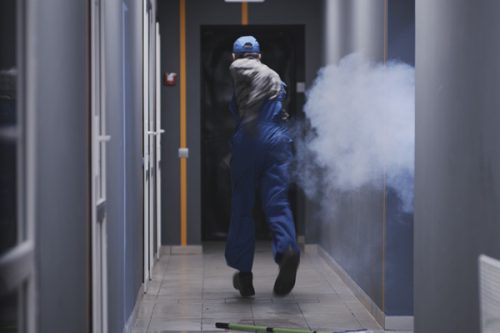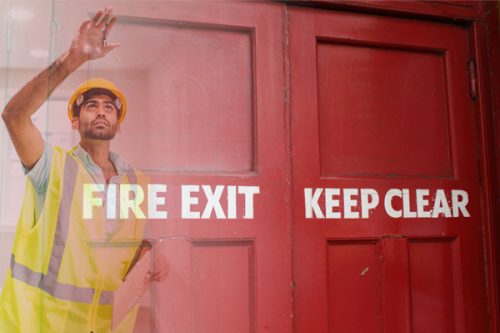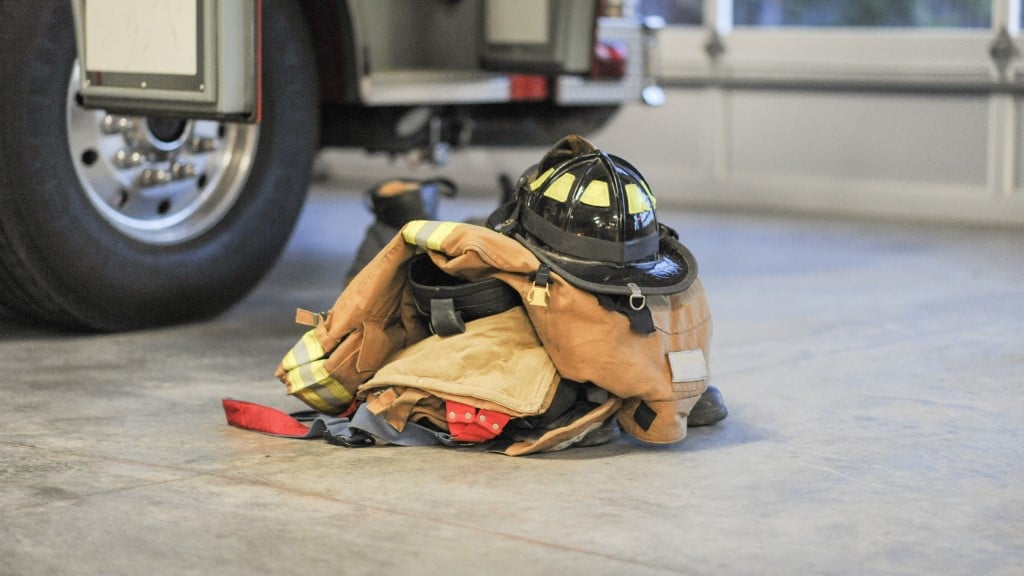December 14, 2023
Understanding The Critical Role of Effective Fire Stopping
By Phil Jones, Managing Director, William Martin
An effective fire safety strategy is essential for every business. Not only does it protect your employees, but it also ensures you remain compliant across the board. Fire stopping should be a key component in every fire strategy—but what is fire stopping?
What is fire stopping?
A firestop is used to help prevent the spread of fire through the different compartments of a building. Often firestops come in the form of sealants, fire-resistant mortar, or rubber compounds. Fire stopping is often used in building construction to seal joints, openings, and gaps to control the movement of flames.
The primary purpose of a firestop is to seal these openings. This creates a barrier that withstands the passage of fire and smoke, ensuring building safety and compliance.
Is firestopping a legal requirement?
In many ways—yes.
Many building regulations mandate the use of firestops to ensure that structures adhere to specific safety standards. Compliance with these codes is not only a legal requirement, but also shows a commitment to creating safer environments.
Ever since the incident at Grenfell Tower in 2017, there have been many changes to fire safety regulations. There are also greater penalties for those who are not compliant with the latest regulations. With regards to firestopping, regulations vary according to building types and size. However, most landlords and building owners will need to put fire stopping measures in place to ensure safety.
There are numerous Acts which denote the use of firestopping, including The Building Safety Act and The Fire Safety Act 2021. The Fire Safety Act 2021 aims to ensure fire safety for all residential buildings including, but not limited to, high-rises. When it comes to fire safety, regulations are constantly changing. So, it’s crucial that businesses stay up to date on these important changes to remain complaint and avoid legal penalties.







